It’s time the Welsh dragon was allowed to roar for the UK
While the Scots debate independence, the Welsh don’t even get a spot on the Union Flag

BECAUSE of the referendum this year, the future of the United Kingdom is invariably considered from the Scottish angle. How do the Scots feel? What do the Scots want? But what about other countries in the Union?
Why isn’t Wales represented on the Union Flag, symbol of our country? Or the royal coat of arms, symbol of our monarch? It is, after all, a constituent part of the United Kingdom.
It is also a principality, independent until 1536, of 3.1 million people and 8,023 square miles, with its own history, character, traditions, formally designated boundaries and language. Just like Scotland, whose Cross of St Andrew adorns the Union Flag and which merits a bespoke Scottish set of royal symbols.
The Week
Escape your echo chamber. Get the facts behind the news, plus analysis from multiple perspectives.

Sign up for The Week's Free Newsletters
From our morning news briefing to a weekly Good News Newsletter, get the best of The Week delivered directly to your inbox.
From our morning news briefing to a weekly Good News Newsletter, get the best of The Week delivered directly to your inbox.
But very much unlike Northern Ireland, a ragbag of six counties cobbled together in 1921, containing a mere 1.8 million people, many of whom would rather be part of the Irish Republic. It’s not even a ‘province’ – three of Ulster’s counties belong to the South. It has no commonly held traditions of its own – except sectarian violence.
Nevertheless, Northern Ireland is still represented on the Union Flag by the Cross of St Patrick, and on the royal coat of arms by a slightly cheesy golden harp. Even though, currently, no one in Northern Ireland seems able to agree on where and when these flags should be flown.
Many people in the United Kingdom are hybrids. Our loyalties to the different parts of the UK can be complicated. For some of us it can be a seasonal affair. The summer means passionate support for England at cricket. The winter means cheering for Wales at Rugby Union.
The Queen is a good example of these multiple, shifting identities - living in England for most of the year but effectively becoming Scottish for her summer holidays at Balmoral. And it’s not just about kilts and bagpipes. As Her Majesty crosses the border she changes religion, becoming a dour Presbyterian instead of being Head of the Church of England.
A free daily email with the biggest news stories of the day – and the best features from TheWeek.com
These subtleties of identity can become highly complex for others too. Elizabeth Taylor, British by birth, American by descent, who had two Jewish husbands, saucily quipped that she was Jewish by injection.
I feel English and am culturally English, although born and partly brought up in the Far East. Generally, I support England in international sporting fixtures of every type. Whether it’s football, hockey or even darts I want the English to win – especially against the French. But I support Wales strongly at rugby football. As a result of serving in the Welsh Guards for 22 years it really matters. Soldiering alongside Welshmen for so long it seemed rude not to.
Wales is the forgotten, sometimes disregarded component of the Union. It is odd that a Welsh soldier standing to attention as the Union Flag is hoisted or lowered at his base or barracks will see nothing on the flag to reflect his own country. If he is killed in action his coffin will be adorned by a flag with no Welsh symbols at all.
Wales has a striking flag of its own – in the language of heraldry: ‘Per fess Argent and Vert a dragon passant gules’, meaning ‘against a white and green background a dragon striding, coloured red.’ Actually ‘striding’, although the accurate modern English word for ‘passant’, puts it a bit strongly – the Welsh dragon merely has its right claw slightly raised.
The first historical use of the flag is said to have been by Henry Tudor, at the battle of Bosworth in 1485, and on becoming King Henry VII the red dragon was incorporated into the Tudor royal arms. Its origin as a symbol of Wales is lost in the mists of time, but the most charming of all the theories is that the red dragon was originally the battle standard of King Arthur.
Since 1959 the Welsh have been able to fly the red dragon from public buildings in Wales. But it is rarely seen outside the Principality except flying from the Welsh Office in Whitehall and, of course, at Twickenham.
The most elegant solution would be to insert a small welsh dragon into the canton (the upper left quarter) or, perhaps, the centre of the Union Flag, at last giving Wales its rightful place on the ubiquitous and much-honoured symbol of the United Kingdom. And as a bonus, making it much more difficult to hoist upside down. People often forget that the wider diagonal white stripe should be at the top on the side of the flag nearest the flagpole. Flying it the wrong way up is a sign of distress, particularly at sea.
In future, as long as a ‘dragon passant gules’ is the right way up – so is the flag itself. Y Ddraig Goch Ddyry Cychwyn. The Red Dragon leads the way, as they say in Wales.
-
 US citizens are carrying passports amid ICE fears
US citizens are carrying passports amid ICE fearsThe Explainer ‘You do what you have to do to avoid problems,’ one person told The Guardian
-
 All roads to Ukraine-Russia peace run through Donetsk
All roads to Ukraine-Russia peace run through DonetskIN THE SPOTLIGHT Volodymyr Zelenskyy is floating a major concession on one of the thorniest issues in the complex negotiations between Ukraine and Russia
-
 Why is Trump killing off clean energy?
Why is Trump killing off clean energy?Today's Big Question The president halts offshore wind farm construction
-
 Teenager becomes first Tetris victor
Teenager becomes first Tetris victorTall Tales And other stories from the stranger side of life
-
 Twins born in separate years
Twins born in separate yearsTall Tales And other stories from the stranger side of life
-
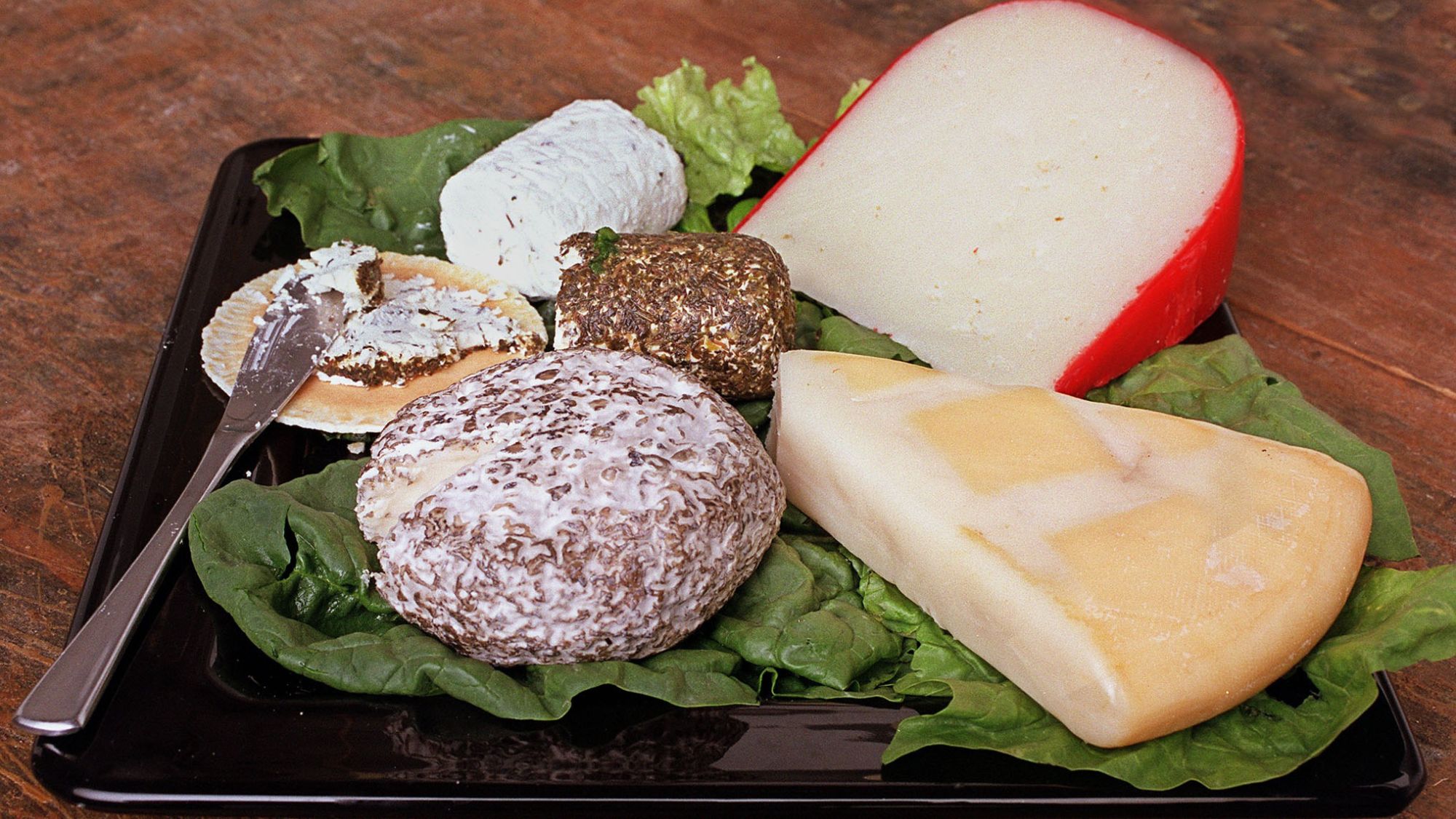 World's 'smelliest cheese' hits shelves
World's 'smelliest cheese' hits shelvesTall Tales And other stories from the stranger side of life
-
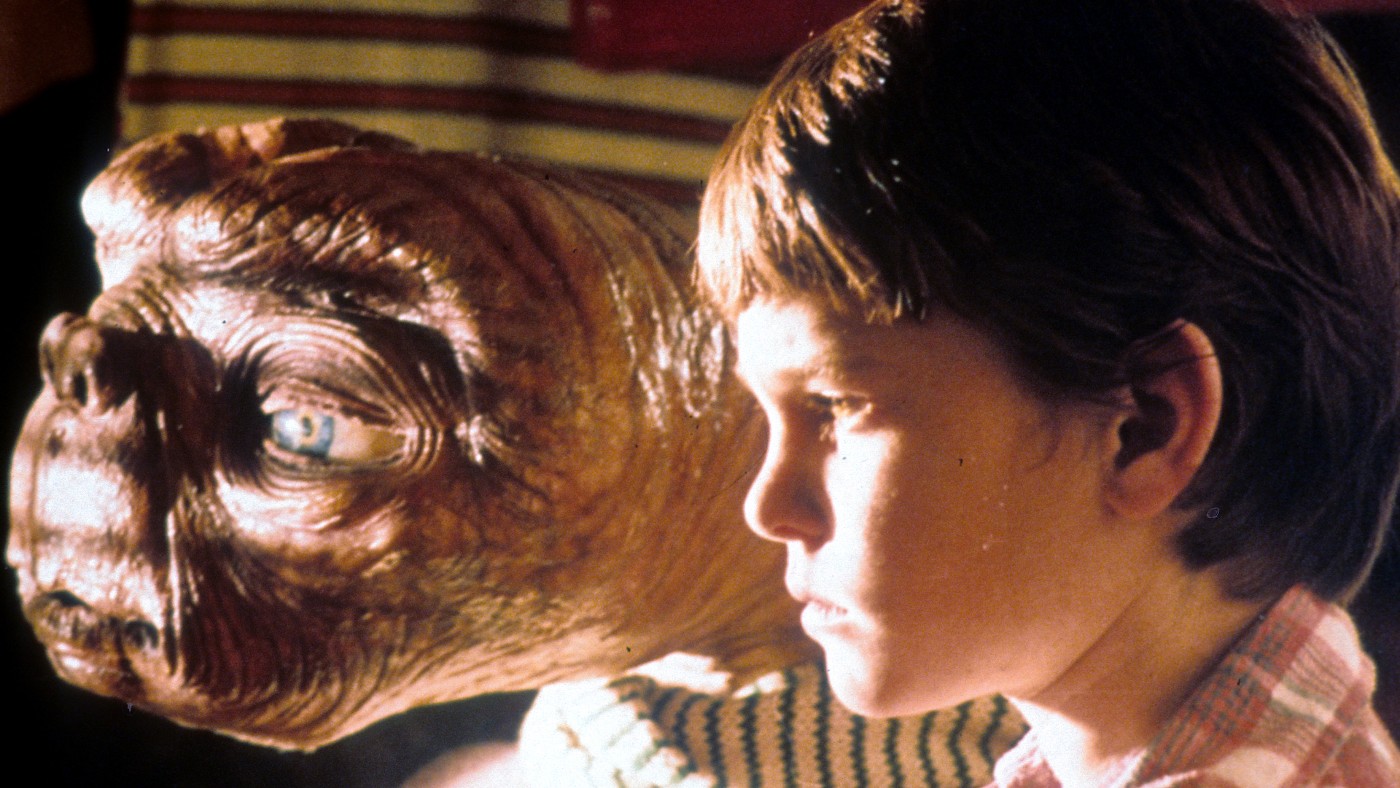 Locals speculate about aliens in Wales
Locals speculate about aliens in WalesTall Tales And other stories from the stranger side of life
-
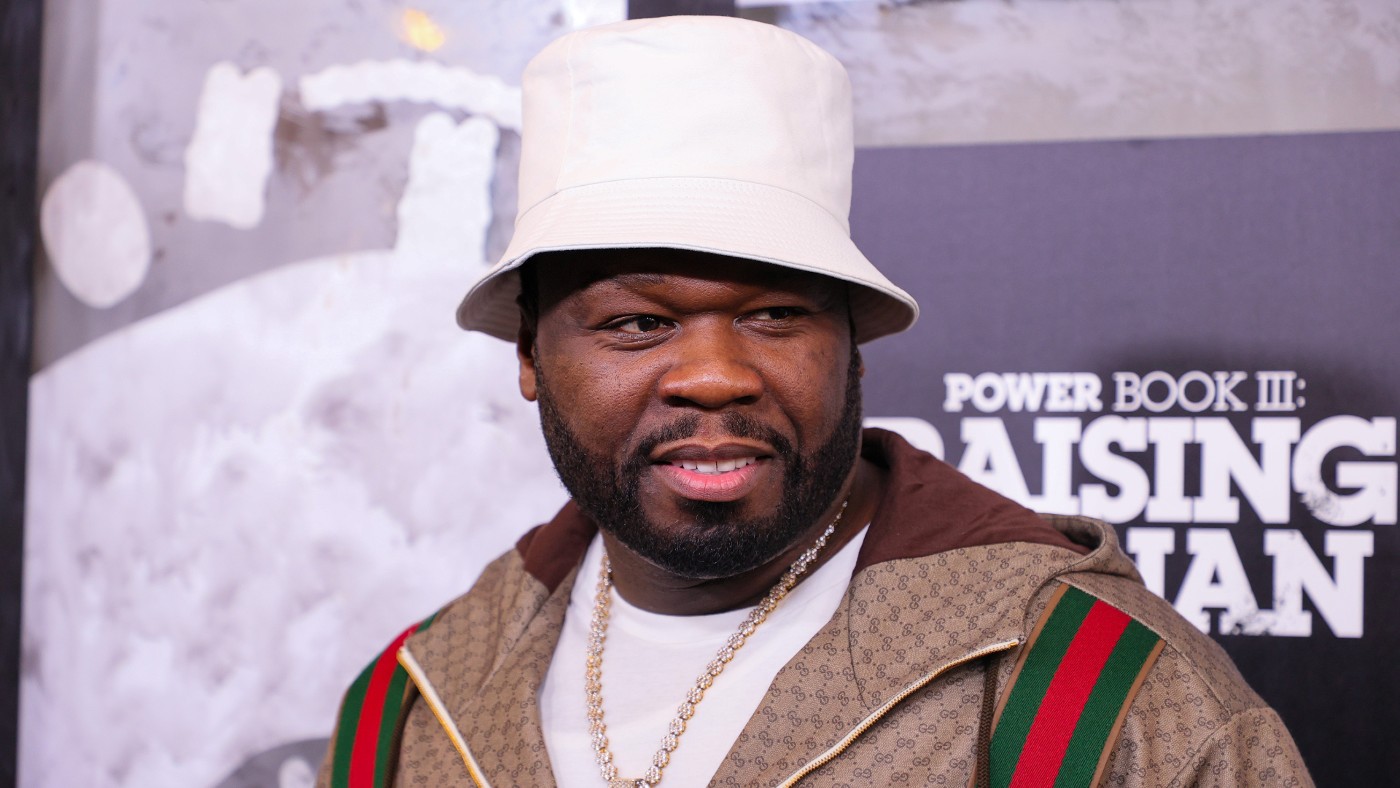 50 Cent sponsors Welsh under-14s football team
50 Cent sponsors Welsh under-14s football teamTall Tales And other stories from the stranger side of life
-
 Pembrokeshire campsite crash: baby saved after car ‘catapulted’ from road
Pembrokeshire campsite crash: baby saved after car ‘catapulted’ from roadSpeed Read Vehicle was travelling at ‘80 or 90mph’ in 30mph zone, site owner says
-
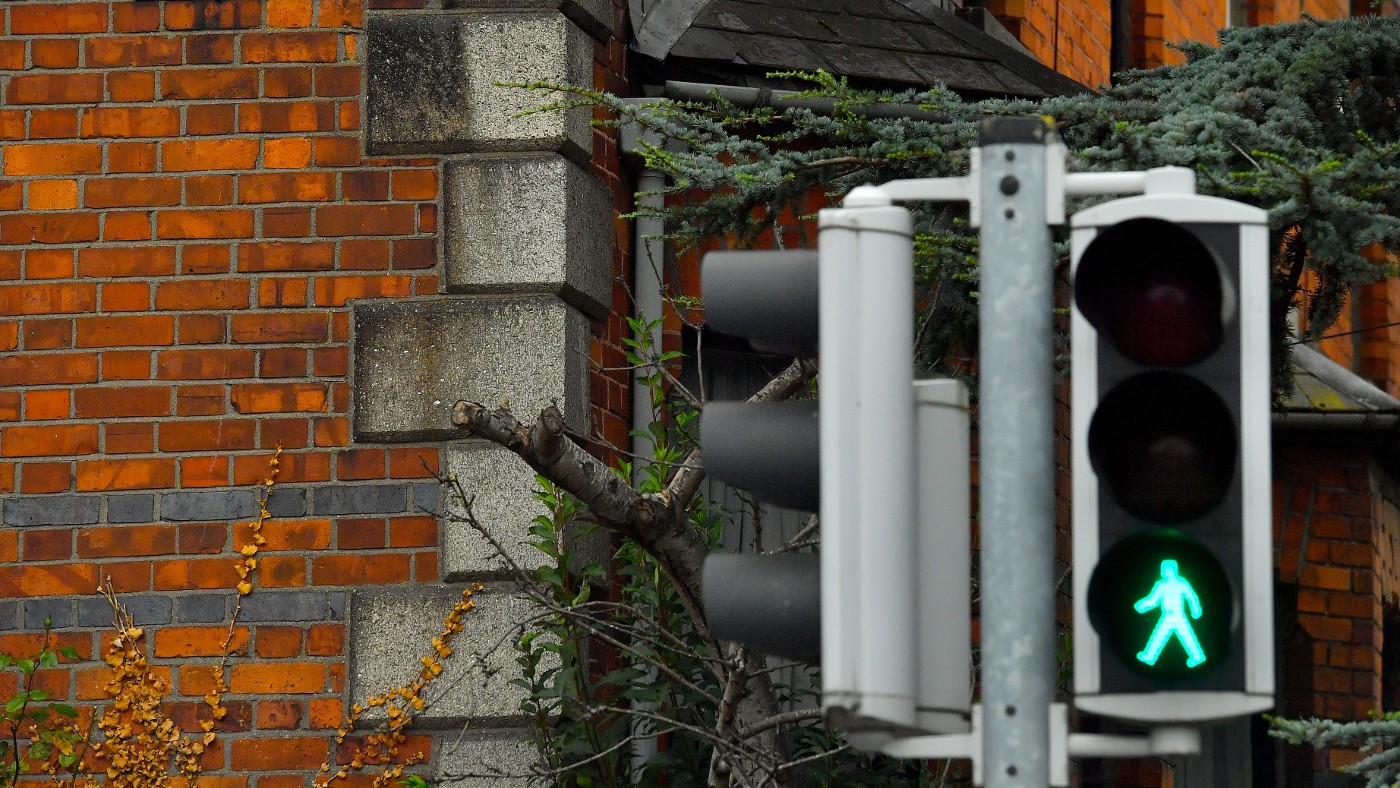 Green man will stay on longer for fat Brits
Green man will stay on longer for fat Britsfeature And other stories from the stranger side of life
-
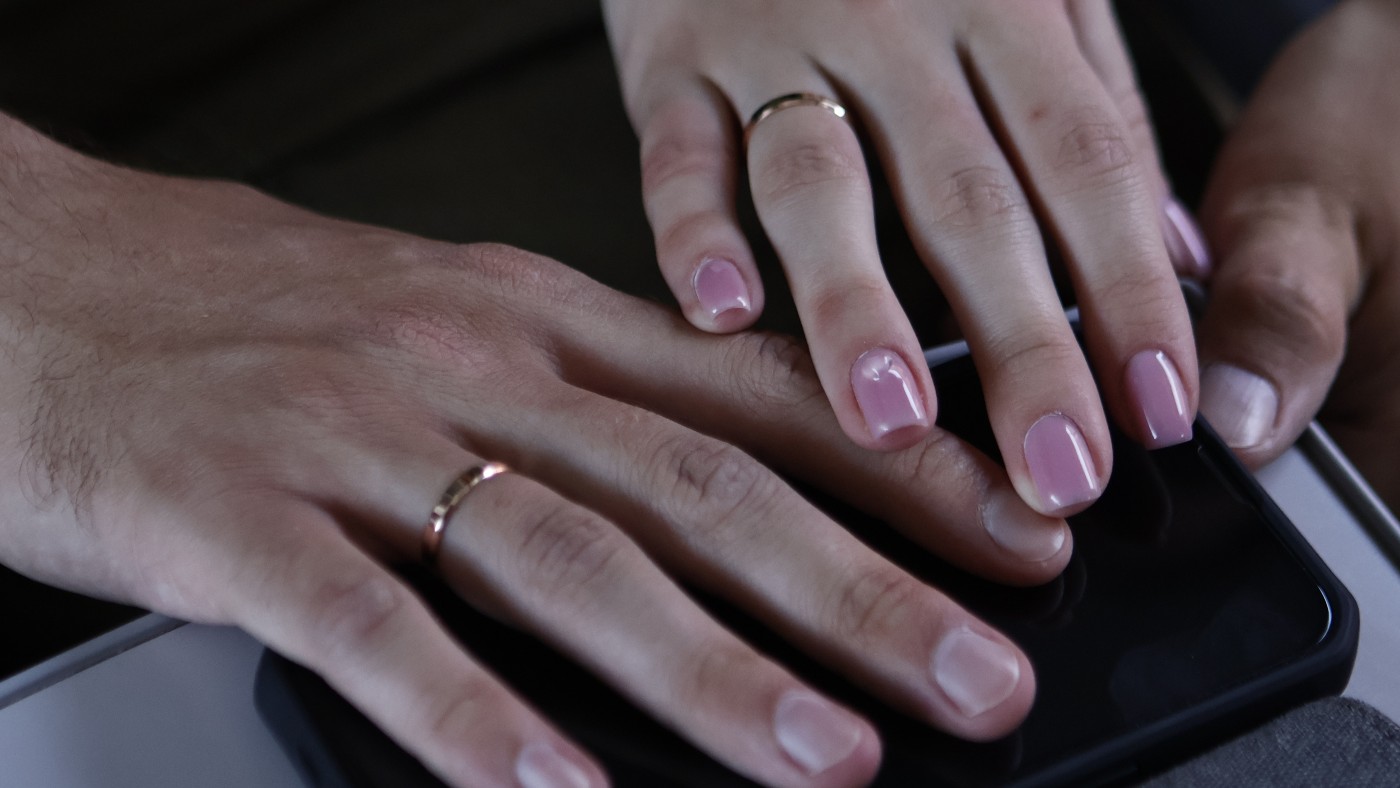 Singer divorces her ghost husband
Singer divorces her ghost husbandfeature And other stories from the stranger side of life